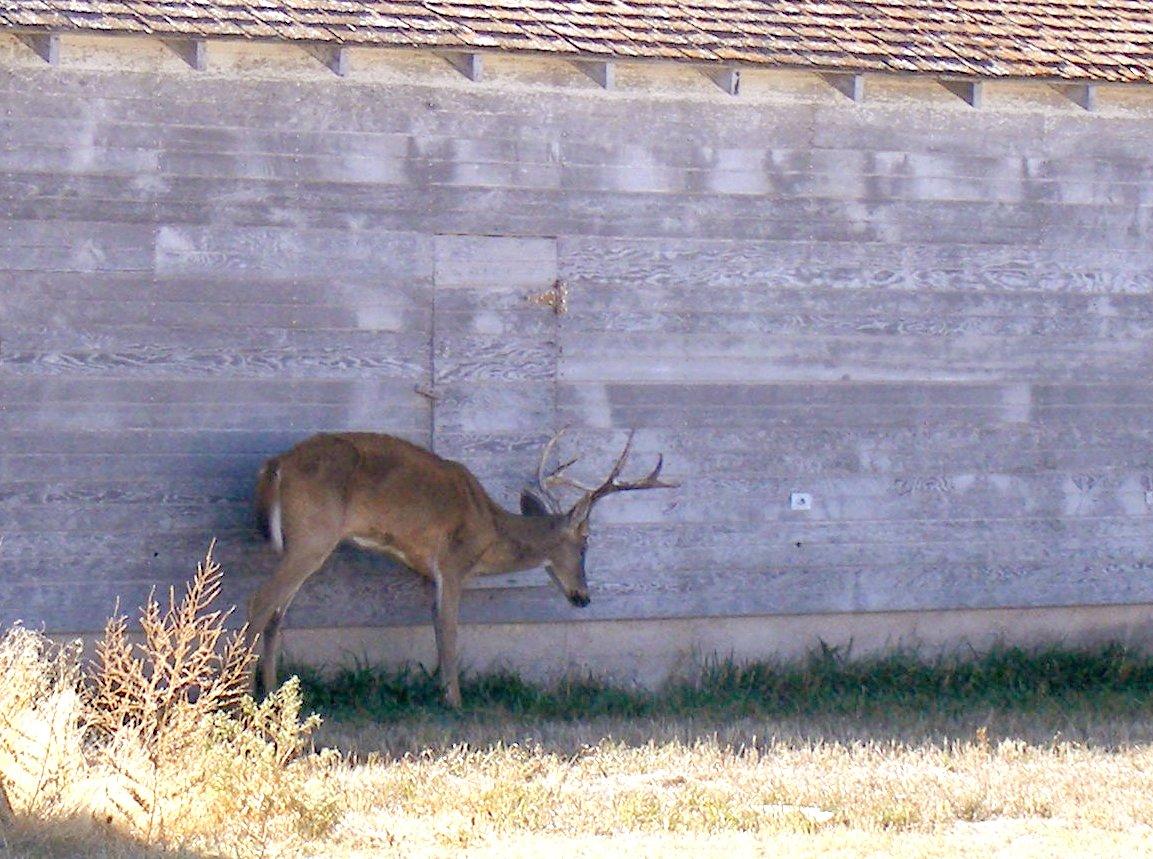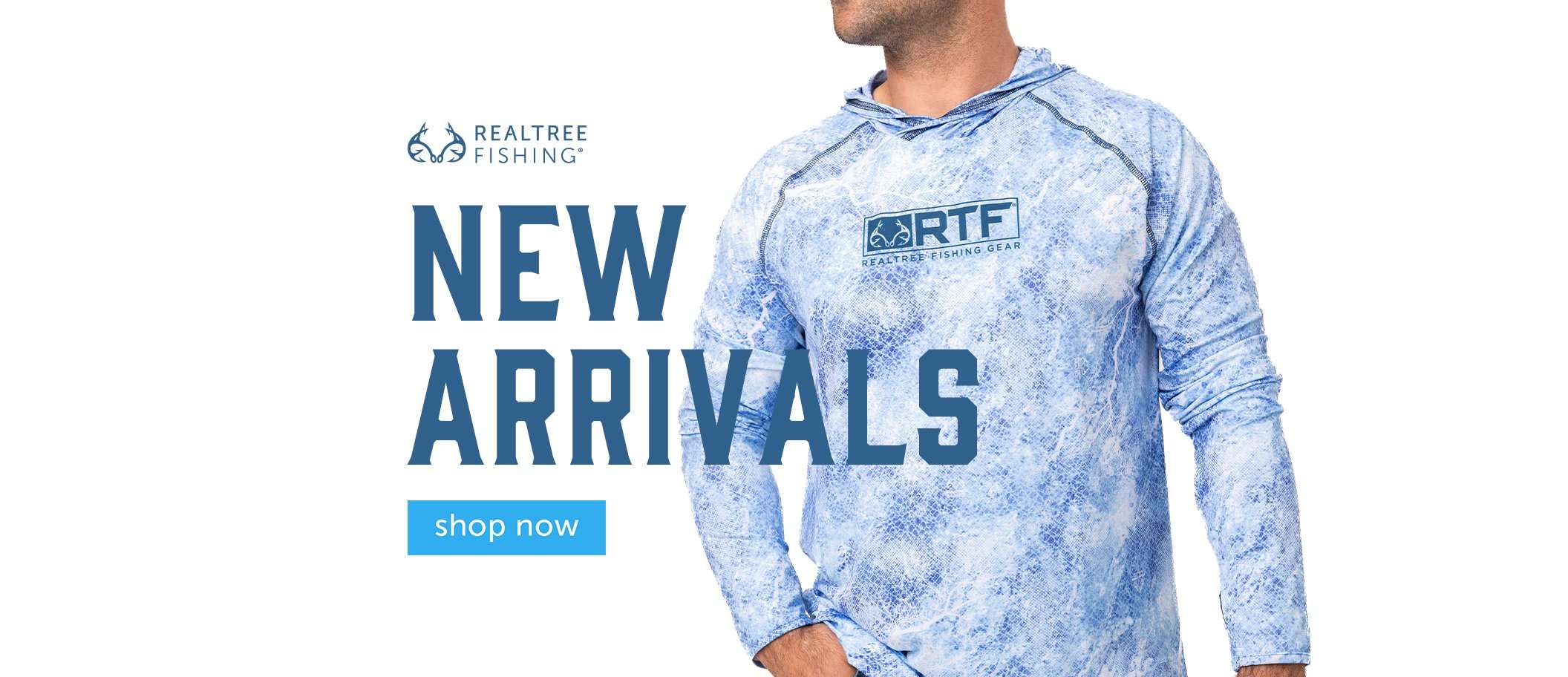Although it long maintained a CWD-free herd, the Hoosier State has joined the ranks of other states combatting this deadly deer disease. So, what now?
The list of states with a positive case of chronic wasting disease continues to grow. A few months ago, the always-fatal deer disease was detected in Kentucky. Indiana has become its latest victim, as the DNR recently announced the first detection of CWD in the Hoosier State.

CWD is a nasty and slow-killing disease, and once contracted, always leads to death. Image by Kansas Dept of Wildlife and Parks
The First Case
Indiana’s first CWD case was from “an adult male white-tailed deer harvested in the Milford Township in LaGrange County, which is located in northeastern Indiana.” According to reports, the deer was delivered to a licensed taxidermist who participated in the Indiana DNR’s CWD Taxidermist Incentive Program. The sample was tested and confirmed via two independent tests.
Considering that CWD had already been detected in Michigan near the Indiana border, Joe Caudell, Indiana DNR deer biologist, said it wasn’t surprising to see CWD appear in that region of the state. In fact, it was likely and perhaps even expected.
“CWD has been in our region for many years with positive cases in all of our surrounding states,” Caudell said.
Biologists believe the disease possibly spread naturally via live whitetails, including dispersals or excursions from deer in Michigan into Indiana.
The Indiana DNR’s Plan of Action
What does this detection mean for Hoosier State deer and hunters? Caudell and the DNR assured Indiana deer hunters the agency won’t take significant steps to influence CWD. Instead, it will deploy a CWD management plan that only monitors the prevalence and spread of the disease.
“Indiana DNR’s CWD-response plan is based on the latest scientific information about the effectiveness of CWD management options,” the agency said. “Currently, there are no management actions that have been shown to cure deer of CWD, prevent deer from getting CWD, stop or significantly slow the spread of CWD, or eradicate it from the deer herd. Therefore, our plan focuses on monitoring the spread of the disease to inform Indiana residents how they can safely navigate CWD’s presence.”
The report further detailed specific notes regarding the CWD-positive county. “DNR’s management efforts will not focus on eliminating CWD from the deer population in this area of LaGrange County since the disease is self-sustaining in nearby populations, making elimination unlikely,” the agency said.
“The public can help by reporting sightings of sick or dead deer to the DNR, as well as submitting harvested deer for testing during deer hunting season,” Caudell said. “Through increased awareness and testing, we can work to monitor CWD within Indiana’s deer population.”
During deer season, hunters can submit their deer for testing by dropping the head of harvested deer in a freezer outside of Fish and Wildlife or State Fish Hatchery offices. Find drop-off stations here.
CWD is an always-fatal disease caused by prions, which are misfolded proteins. It spreads from deer to deer directly and indirectly via bodily fluids. Further, it remains active in the soil for years, and it can also be ingested through environmental means, such as scrapes, mock scrapes, licking branches, and food sources, including natural browse, ag crops, food plots, bait piles and mineral licks. Currently, no research suggests CWD can infect humans. However, the Centers for Disease Control and Prevention recommends having deer tested and advises people not to consume CWD-positive whitetails.
Don’t Miss: CWD Detected in Kentucky











